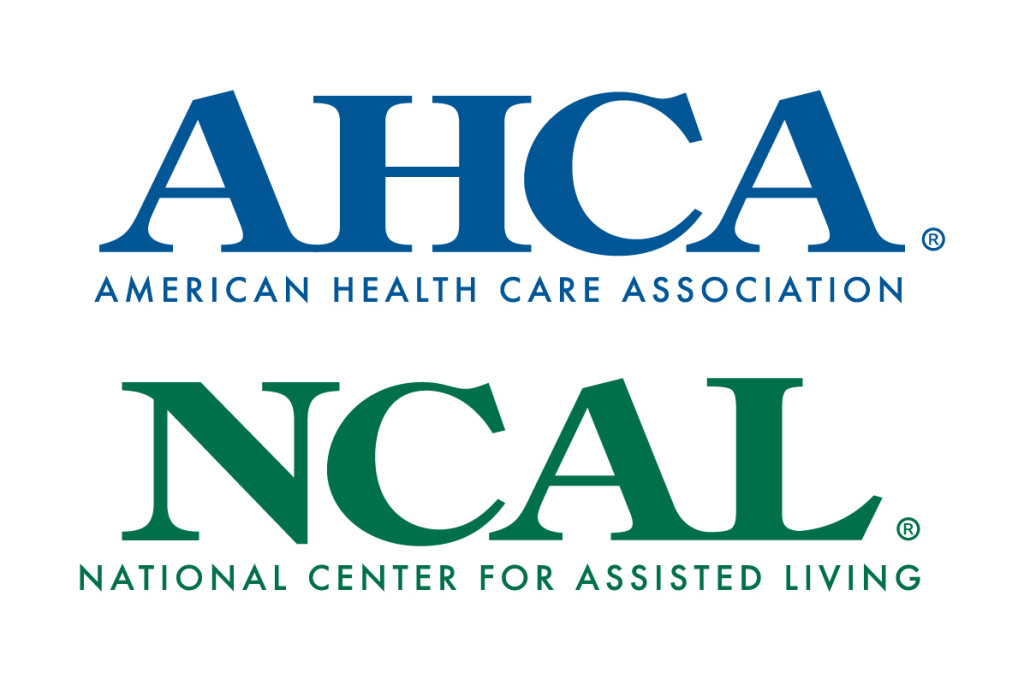New Federal Report on Adoption of Health Information Technology Includes SNF and AL Settings

On December 18, 2023, the Office of the Assistant Secretary for Planning and Evaluation (ASPE) at the U.S. Department of Health & Human Services (HHS) announced the publication of a report prepared by RTI International that provides an overview of Health Information Technology (HIT) adoption and utilization in long term and post-acute care (LTPAC) settings.
This 47-page report, titled Health Information Technology Adoption and Utilization in Long-Term and Post-Acute Care Settings, was based on an environmental scan of the literature as well as providers and subject matter experts (SMEs) and found that LTPAC providers have generally adopted electronic health records (EHR) to support clinical and business needs. Interoperable exchange of health information, however, is not routine or widely used. LTPAC providers utilize their EHR, but modernization remains slow without focused policy levers. Despite barriers, there are opportunities for emerging policies to support interoperability in LTPAC.
Specific to AHCA/NCAL member interests, the study reports EHR adoption rates as follows:
“Yet despite the lack of a federally-funded program and policy requirements, estimates of EHR adoption rates among nursing home and SNF providers, as well as HHAs, were greater than 78% in 2018, which is on par with EHR adoption in office-based primary care settings. Residential care settings were estimated to be much lower overall, at 26% — higher than that for larger facilities and much lower for small facilities.”
The six specific overall study findings are as follows:
- LTPAC providers are adopting EHRs to support their clinical and business needs (80% for nursing homes and home health), but interoperable exchange of health information is not routine or widely used.
- Data is needed from LTPAC organizations by others, but LTPAC providers lack monetary incentives, policy requirements, or a strong business case to increase interoperability.
- LTPAC use of interoperability features available in their EHRs lags without a driver or policy lever.
- Many LTPAC providers struggle to prioritize EHR optimization, and few have available resources for training and workflow changes.
- Innovators in LTPAC HIT are focusing on telehealth, remote patient monitoring, medication management, functional assessment and activity monitoring, shared care planning, social connectedness and engagement, safety, and data analytics.
- There are opportunities for emerging policies to support interoperability in LTPAC.
The report’s findings are consistent with ongoing AHCA/NCAL efforts to advance policies and funding opportunities for our membership to increase the prevalence of interoperable health information exchange to improve care and reduce costs.
Source: AHCA/NCAL
![North Carolina Health Care Facilites Association [logo]](https://www.nchcfa.org/wp-content/themes/nchcfa/images/logo.png)

